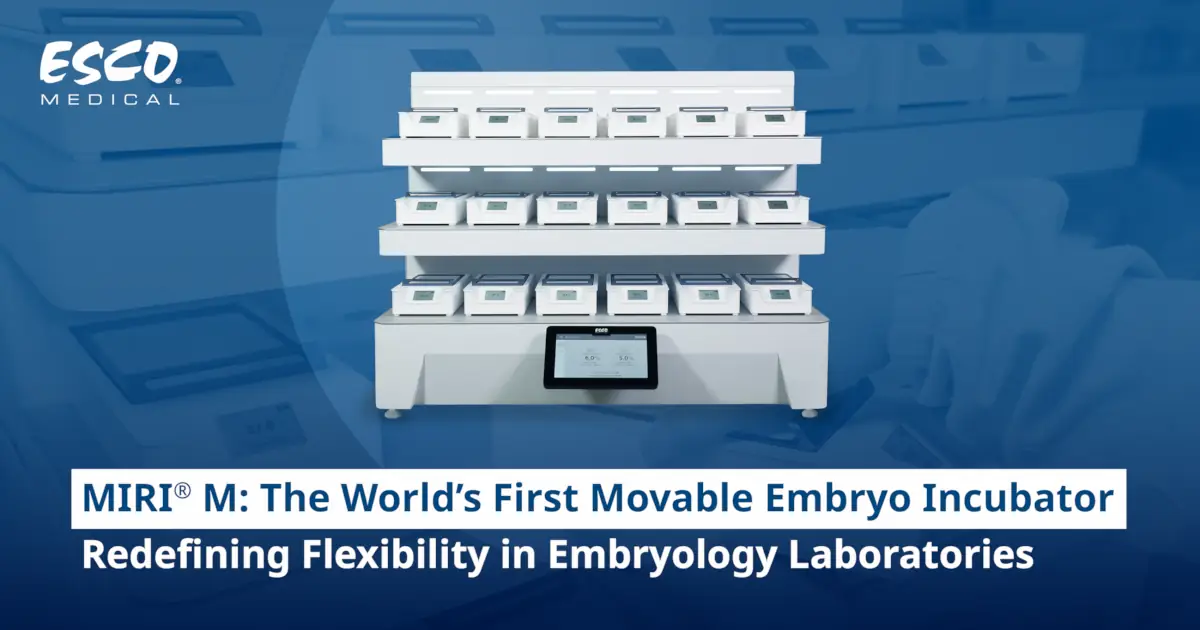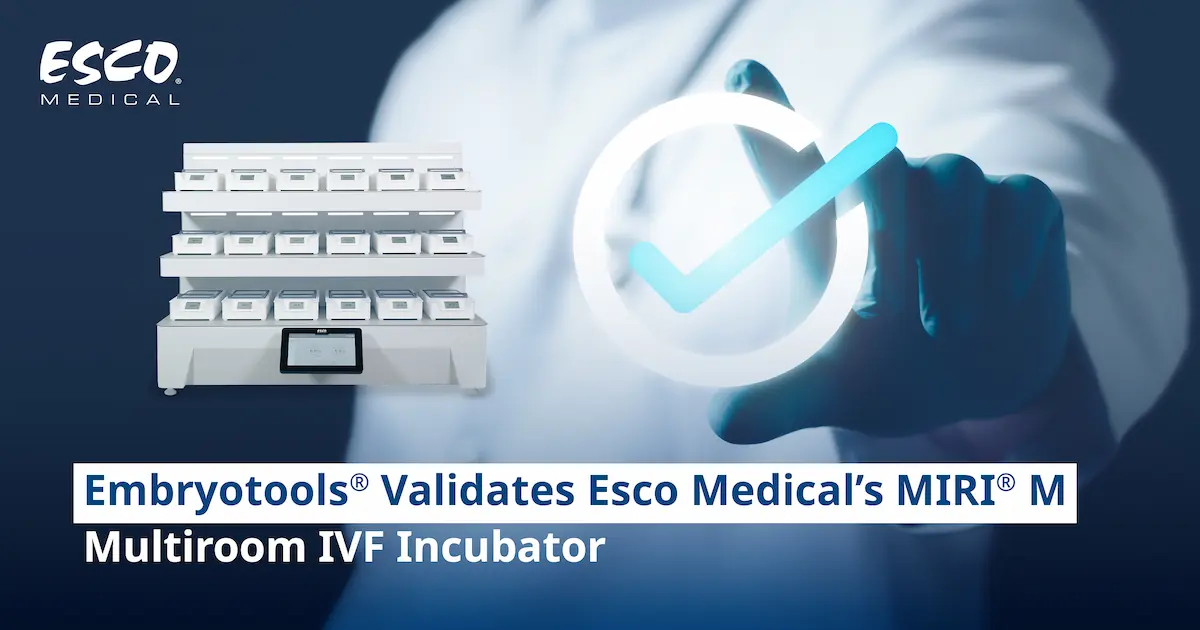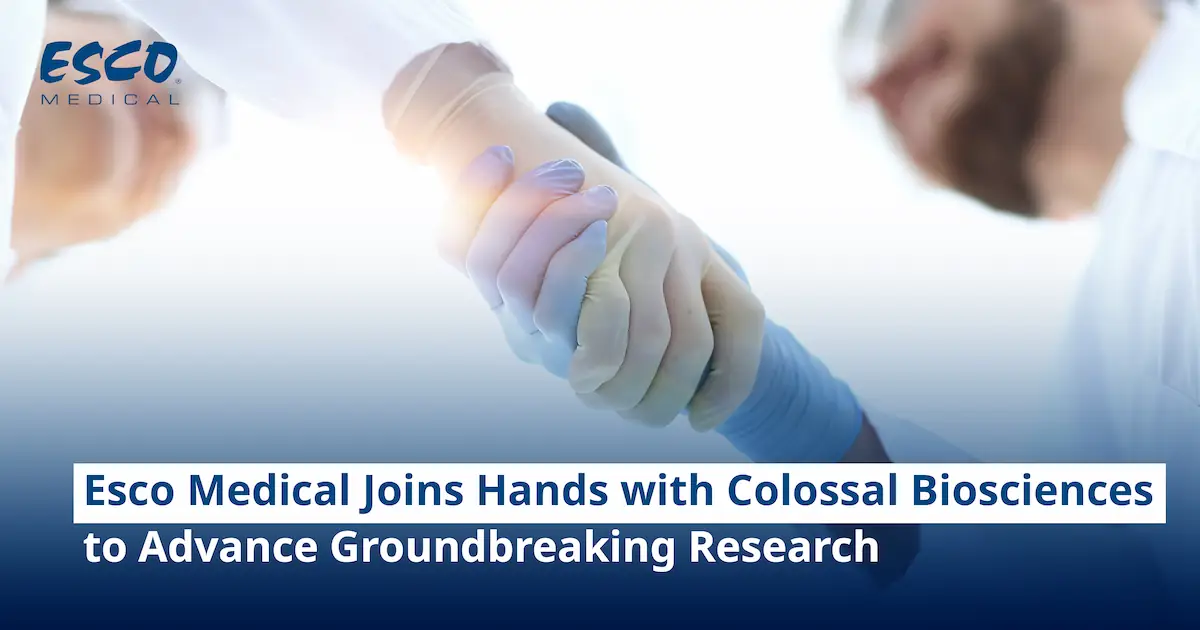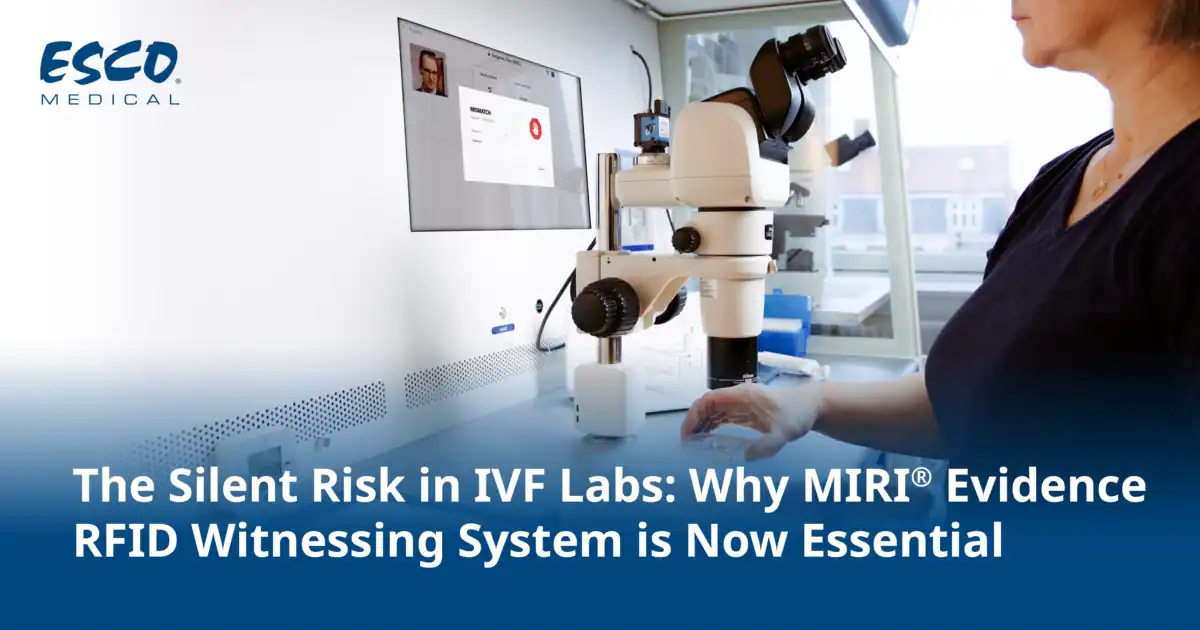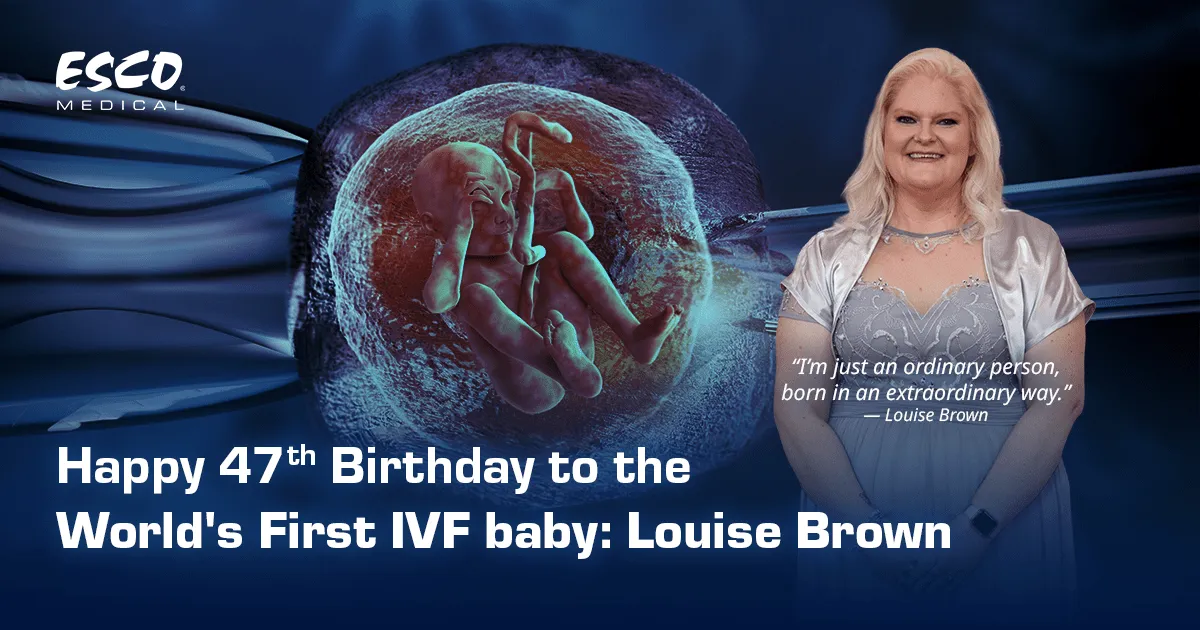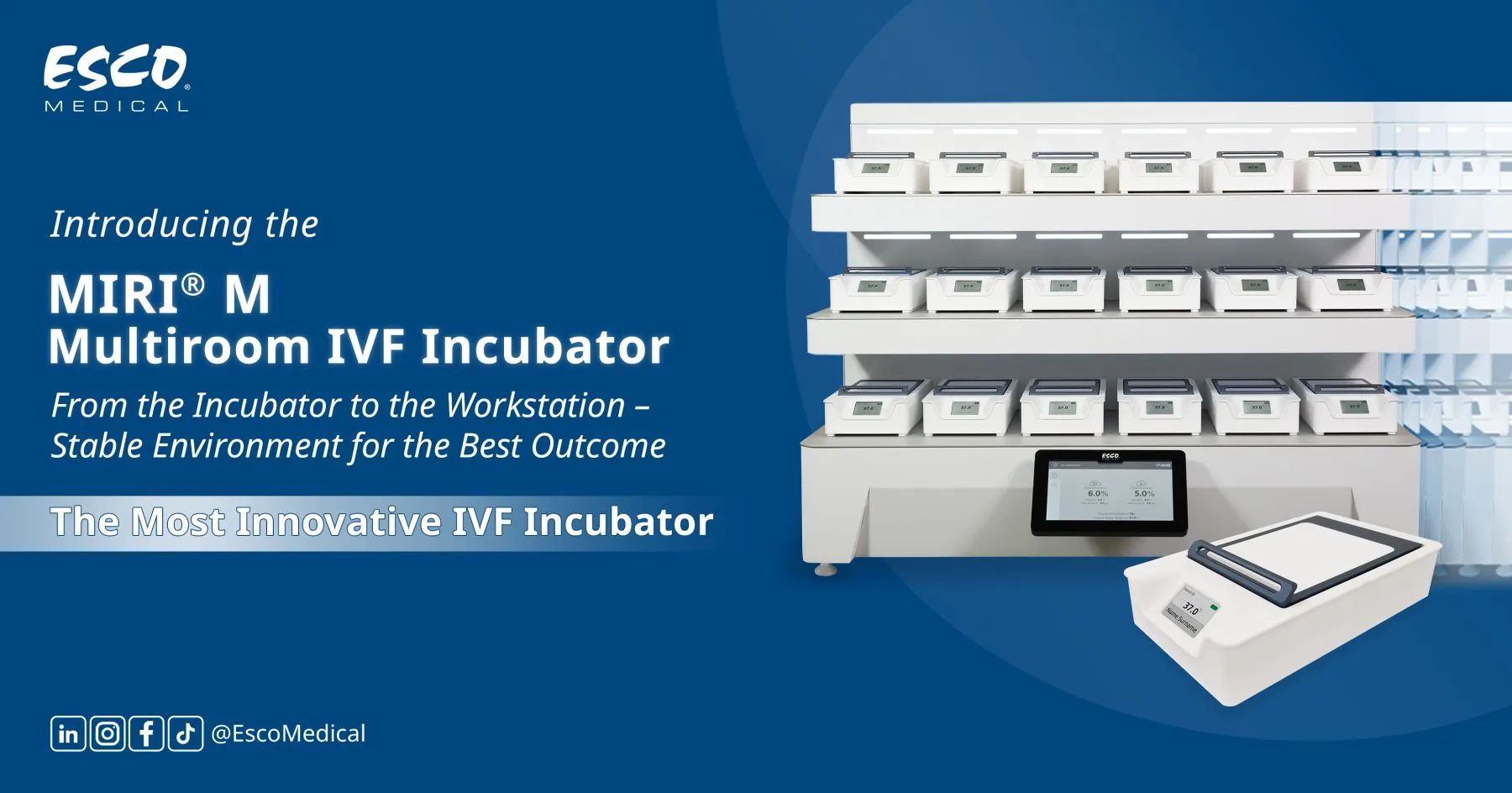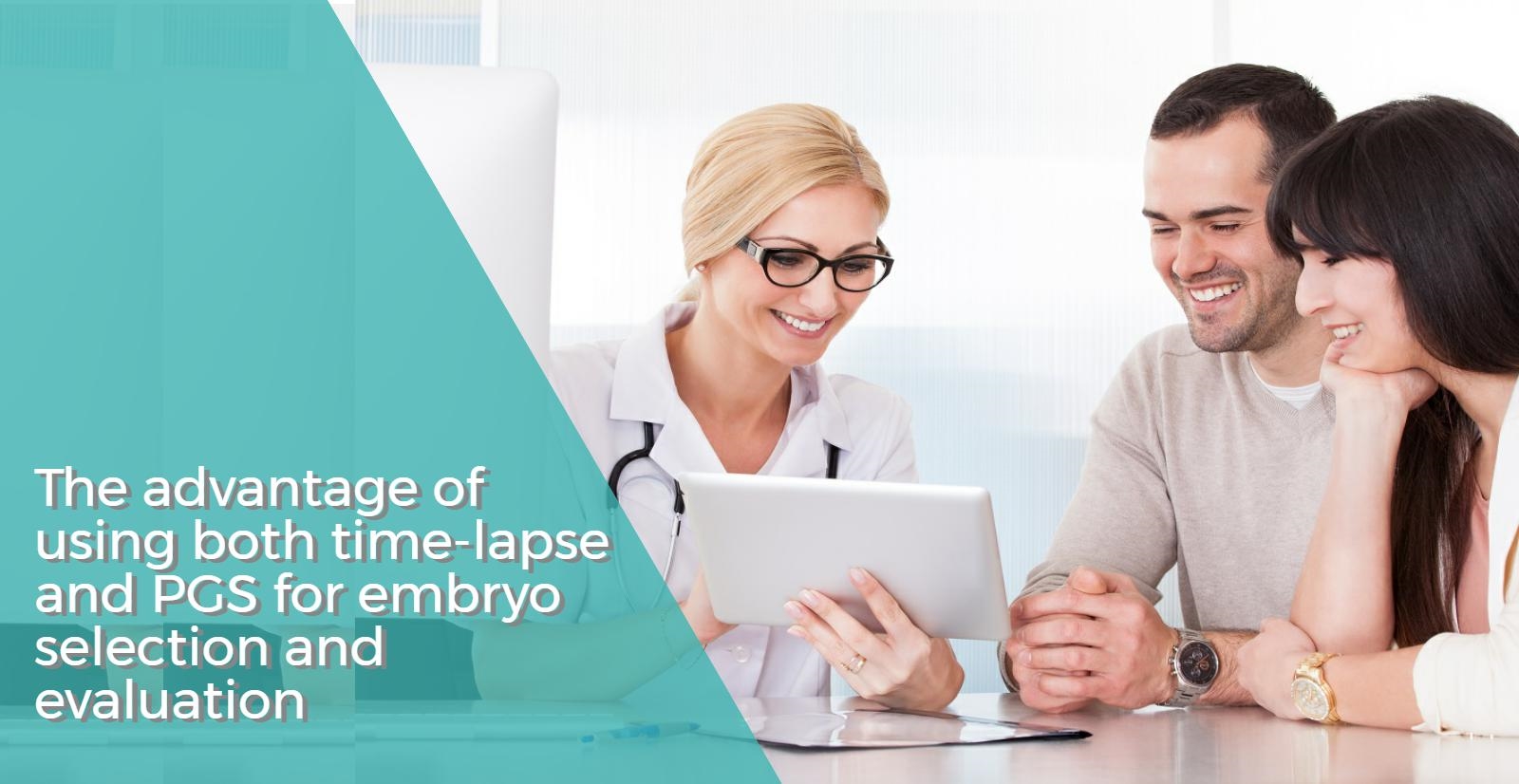
New technologies are now available to help assess the potential of the embryo to implant and the chances of being chromosomally normal. Time-lapse embryo monitoring allows continuous, noninvasive embryo observation without the need to remove the embryo from its optimal culturing conditions. The time-lapse images provide valuable information on the cleavage patterns and the dynamics of the embryo morphologic changes, which can help assess its viability to implant. On the other hand, PGS is a screening tool to help identify certain genetic or chromosomal defects within the embryos produced through IVF. Both technologies provide different answers but doing them together in synergy will help achieve the goal of IVF, which is to have a healthy live birth.

A recent study by Yang (2016) showed a significant difference in clinical pregnancy rates between Group A patients that had embryos undergo time-lapse and PGS, and Group B patients that had embryos cultured in time-lapse alone, (72.5% vs 52.6%, respectively). For ongoing pregnancy rates, a significant difference was also observed between the two groups (71.6% for Group A vs 50.8% for Group B).
Due to PGS being an expensive technique, it can be used selectively for poor prognosis-patients. Time-lapse can be used as an initial test to qualify which embryos are more likely to be aneuploid, which can then be sent for PGS biopsy for confirmation. This enables cost to go down and enabling more couples to avoid this costly technique.
Click here for more information
